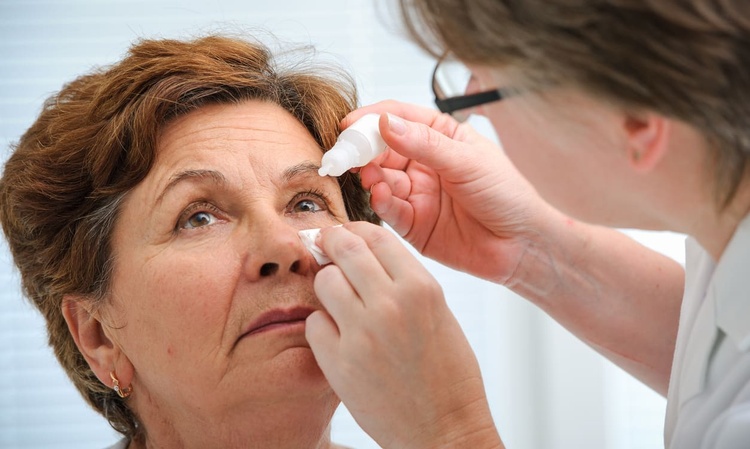Dizziness Treatment for Seniors: Improve Balance & Reduce Fatigue
Dizziness in older adults is common and often unsettling. For many elderly people, brief spells of lightheadedness or a room-spinning sensation are not just temporary annoyances — they can contribute to falls, loss of confidence, and persistent fatigue. Understanding the typical causes, how dizziness links to other symptoms, and the range of effective treatments can help seniors and caregivers manage episodes safely and improve everyday quality of life.

This article is for informational purposes only and should not be considered medical advice. Please consult a qualified healthcare professional for personalized guidance and treatment.
Why do elderly people experience dizziness?
Dizziness in the elderly is usually multifactorial. Age-related changes in the inner ear, reduced blood pressure regulation, and slower nerve conduction all play roles. Many seniors take multiple medications (polypharmacy), and side effects or interactions can cause lightheadedness. Cardiovascular issues such as arrhythmia or atherosclerosis, dehydration, low blood sugar, and vision changes also contribute. Recognizing that dizziness often arises from several overlapping causes is important; addressing only one factor may not fully resolve symptoms.
How does dizziness relate to fatigue in seniors?
Dizziness and fatigue are closely linked in older adults. Recurrent balance disturbances demand constant mental and physical effort to compensate, which can be exhausting. Episodes of vertigo also interrupt sleep and daily activities, leading to persistent tiredness. Conversely, fatigue and physical deconditioning reduce muscle strength and postural control, increasing the likelihood of dizziness. Treating both symptoms together — for example, improving sleep, nutrition, and physical conditioning while managing the dizziness source — tends to produce better outcomes than treating either alone.
What balance problems are common in older adults?
Balance problems in seniors range from occasional unsteadiness to chronic imbalance that limits mobility. Common issues include vestibular dysfunction (inner ear disorders such as benign paroxysmal positional vertigo), proprioceptive decline (reduced sensation in feet and joints), and weakness in core or leg muscles. Vision impairment and slow reflexes also impair equilibrium. These deficits increase fall risk: even a small loss of balance control can cause a dangerous tumble for a frail senior. Simple home assessments and safe mobility strategies are key to reducing risk.
How are senior dizziness cases evaluated?
A thorough evaluation starts with a detailed history (timing, triggers, associated symptoms) and medication review. Clinicians check orthostatic vital signs to detect postural hypotension, perform vestibular tests like the Dix–Hallpike maneuver if vertigo is suspected, and assess gait, strength, and vision. Basic labs (e.g., electrolytes, hemoglobin) and an ECG may be ordered when cardiovascular causes are possible. Depending on findings, referrals to ENT (ear, nose, and throat), neurology, cardiology, or geriatric specialists can help pinpoint the cause and tailor treatment.
What treatments help restore balance and reduce dizziness?
Treatment depends on cause. For BPPV, the Epley or Semont repositioning maneuvers often bring rapid relief when performed by trained clinicians. Vestibular rehabilitation therapy — a set of exercises to retrain balance and gaze stability — has good evidence in seniors and can also reduce fatigue by improving confidence and activity tolerance. Medication adjustments (stopping or changing drugs that provoke dizziness), hydration, treating anemia or blood pressure issues, and structured strength and balance programs (including tai chi or physiotherapist-led exercises) all help. Home safety changes and assistive devices may be needed while recovery continues.
Conclusion
Dizziness in elderly and senior populations is a common, often treatable problem that frequently interacts with fatigue and balance deficits. Careful assessment to identify underlying causes — from medication effects to vestibular disease or cardiovascular problems — guides effective, individualized treatment. Nonpharmacologic approaches such as vestibular rehabilitation, exercise, and environmental safety measures are central to restoring function. Because causes vary widely, working with healthcare professionals ensures the safest and most appropriate strategy for each individual.






